The timbales, of Afro-Cuban descent, have become a ubiquitous instrument in percussion set-ups used in nearly every kind of popular western music, from Salsa to Pop, Funk, and Rock’n’Roll. Whether you’re just getting started learning how to play the timbales, taking timbale lessons, or you’re a seasoned pro, it’s a must to have a general idea of the the history of the instrument. If you have any further questions about getting started learning how to play timbales, click here to check out a Free Preview of our Timbales 101 Course.
THE ORIGIN OF THE TIMBALES
Orquesta Típica Enrique Peña Sanchez
The Timbales or Timbal, also known as “paila” and “paila criolla,” evolved in Cuba in the late 19th century. They are the descendants of the European Timpani, or kettle drums, more specifically those that were brought over by Italian opera companies, and were used to accompany wind ensembles and military parade bands in colonial Cuba. The “paila criolla” evolved as a lighter and more portable alternative to the large and cumbersome kettle drums, perfect for marching and parading. These early timbales were made from iron or copper containers which were found in many of the sugar cane factories around the island. Creating drums out of these materials made them more accessible and affordable, causing them to spread quickly in popularity. During the early 20th century, as Cuban musicians traveled to and from the U.S., the timbales became influenced by the drum set, and transitioned from being constructed of the materials found in the sugarcane factories, to the metal shells we see today.
The modern timbal includes two drums, the smaller “macho” drum, usually between 13”-15” and the larger hembra, which is between 14”-16.” The shells of these drums are typically made from different metals ranging from bronze, brass, and steel and use 6-8 tension rods to secure a plastic head in place. Nowadays there are also timbales made of wood, but they lack the brightness in sound that is synonymous with the timbales, especially in the shells or “cascara.” It’s important to note that earlier timbal models used calf heads, which of course were very susceptible to weather changes and far more difficult to tune to higher pitches.
THE EVOLUTION OF THE TIMBALES
Orquesta de Antonio María Romeu
During the 19th century the timbal was a mainstay of the Orquestas Típicas, a type of instrumental ensemble that played contradanzas, where the timbales were the only percussive drums. During the last few decades of the century the contradanza evolved into Danzón, which continues to be a quintessential rhythm for anyone learning how to play timbales. In the late 1940s, together with the güiro and congas, the timbal completed the percussion section of Charanga Orchestras, direct descendants of the Orquesta Típica, which continued the tradition of the Danzón repertoire, eventually leading to the evolution of the Cha-cha-cha, a rhythm which would spur the advent of the timbal player or “timbalero" mounting a small cowbell to the their setup.
Cuban recordings of the Charanga orchestras, along with those of “conjuntos” by such figures as Arsenio Rodriguez (whose group did not include timbales) were a strong influence on the percussionists and innovators in the burgeoning New York latin music scene of the 40’s, 50’s and 60’s. Percussionists such as Tito Puente and Manny Oquendo took the foundations laid by the timbaleros in Cuba and developed different patterns and techniques that complimented the mambo, boogaloo and other Latin dance “crazes” that were around at the time. Soon, the timbales became incorporated into broader styles of music such as Latin rock with groups like Santana, and became a mainstay in the American Funk and R&B genres thanks to bands like Earth Wind & Fire, ultimately bringing the sound of the timbales to a global audience.
Ralph Irrizary
The setup used by timbaleros nowadays often includes a variety of bells and blocks. A modern salsa timbal setup commonly includes a “contracampana,” also known as a mambo bell, a smaller cha-cha bell, and a jam block, which is a synthetic wood block. Other possible additions range from large campanas, or bongo bells, to different pitched synthetic blocks, and mounted tambourines and sound effects. As is always the case, the bells and blocks vary depending on the needs of the music being played.
For more information on getting started learning how to play the timbales, including tuning tips, rhythms, how to develop your technique and much more, check out our Conga Chops Membership. We’ve got a growing library of over 200+ Conga, Bongo, and Timbale Lessons and Courses, over 10+ hours of exclusive Practice Loops, and an amazing Community Forum where you can meet and discuss with other timbaleros, as well as get 1-on-1 feedback on everything you’re practicing. Click the link below and see what makes CongaChops.com the #1 resource for Latin Percussionists!



